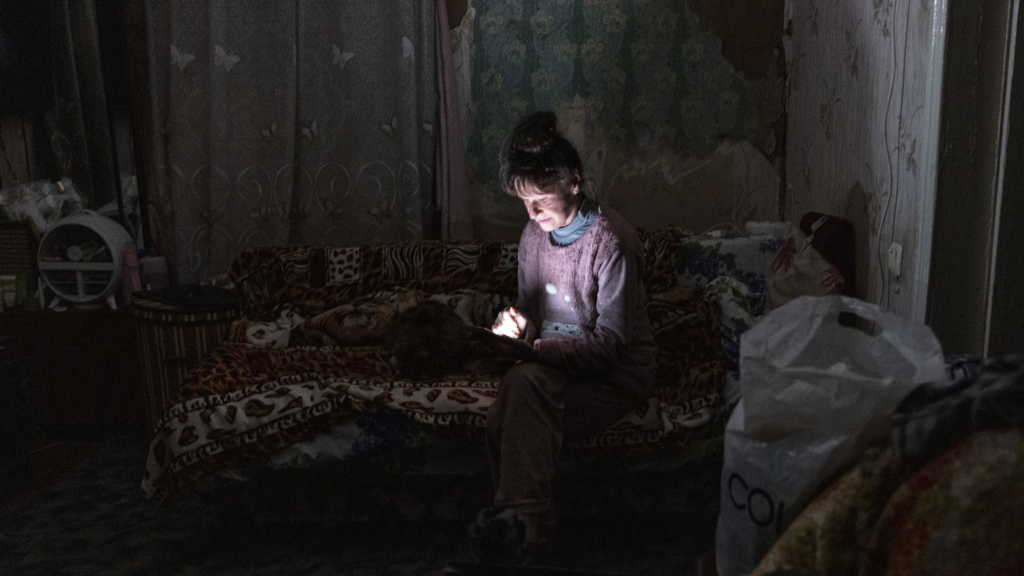Here is what to know about how the mayor’s decision could affect the mayoral primary.
Which Democrats are still running for mayor?
Nine Democrats are challenging Mr. Adams, though none are as close to unseating the mayor as Mr. Cuomo, whose ample name recognition and high-powered fund-raising have fueled his rise to the top of the primary field in nearly every survey of the race. Zohran Mamdani, a state assemblyman from Queens and a social-media-savvy democratic socialist who is building a base of new and younger voters, is the next highest-polling candidate. He is still well behind Mr. Cuomo.
Other Democrats running in the primary include the city comptroller, Brad Lander; the City Council speaker, Adrienne Adams; the former comptroller, Scott Stringer, and the state senators Jessica Ramos and Zellnor Myrie.
How will ranked-choice voting factor into the race?
This is New York City’s second mayoral election under ranked-choice voting, a system in which voters can select up to five candidates in order of preference. The system is being used only for the primary, so Mr. Adams, once a critic of ranked-choice voting, will avoid it now that he is running as an independent and will be on the ballot only in the general election. In November, the candidate who wins a plurality of votes will be the next mayor.
Progressives, led by the Working Families Party, had encouraged their supporters not to rank Mr. Cuomo or Mr. Adams in the Democratic primary. Now that Mr. Adams is eschewing the primary altogether, the groups are recalibrating their approach. The D.R.E.A.M. movement — an acronym that once stood for Don’t Rank Eric or Andrew for Mayor — is now focused solely on blocking Mr. Cuomo’s momentum, renaming itself Don’t Rank Evil Andrew for Mayor. The Working Families Party, too, has plans to coalesce behind a single candidate ahead of the general election.
Who will Mr. Adams run against in November?
The mayor will face the winner of the Democratic primary alongside Curtis Sliwa, the sole Republican candidate, and Jim Walden, a centrist lawyer also running as an independent.
The Working Families Party is also likely to run a candidate in the general election. The group is taking steps to run a place-holder candidate to preserve its ballot line until its leaders decide on a plan after the winner of the Democratic primary is confirmed.
Has something like this happened before?
This is not the first time that Mr. Adams has shifted political parties, even as he says he will remain a registered Democrat. The mayor was a registered Republican during the 1990s and considered running on that line earlier this year.
New York City politicians have a long track record of changing their party affiliation for political gain. In 1950, Vincent R. Impellitteri, who was serving as acting mayor, won an upset independent bid after failing to win the nomination of the Manhattan Democratic machine, known as Tammany Hall.
Former Mayor Michael R. Bloomberg left the Democratic Party in 2001 to run for mayor as a Republican and won. He changed his party affiliation to independent during his second mayoral term, running on the Republican and Independence party lines in 2009, before switching back to being a Democrat and running in the party’s 2020 presidential primary.
Earlier, John V. Lindsay, in 1971, changed from Republican to independent before switching to the Democratic Party. Mr. Adams, clearly aware of this legacy, claimed to quote Mr. Lindsay in his Thursday video, saying, “I have made mistakes.”
Jeffery C. Mays contributed reporting.

